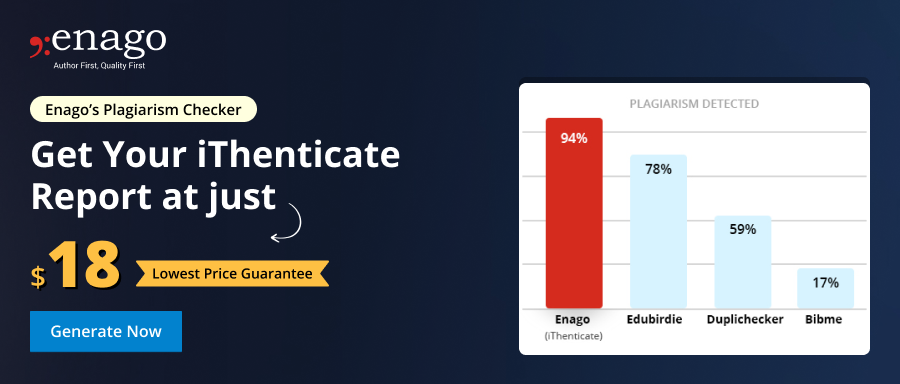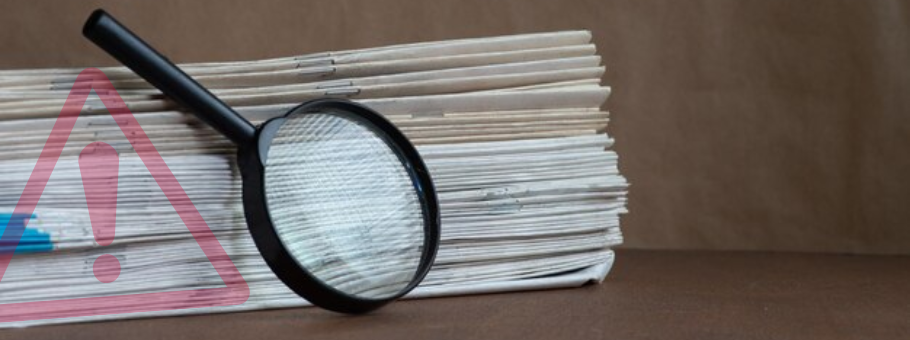Most Effective Deterrent for Scientific Misconduct

Misconduct: A Question of Intent
If we consider the top three categories of scientific misconduct to be, in ascending order, the use of someone else’s work without citation (plagiarism), the manipulation of research data to achieve a specific outcome (falsification) and completely making up data or results (fabrication), we can start to examine the problem in more detail. You can read more about the 10 different types of scientific misconducts here.
The weak defense of unintentional plagiarism as a result of incorrect citation or a misunderstanding of fair use may occur occasionally, but in most cases, the failure to disclose authorship is intentional. However, since no distortion of scientific knowledge occurs as a result of the misconduct, plagiarism deserves third place.
Fabrication is equally deserving of its first place, since there can be no question of intent when a study and the resulting data is proven to be completely fraudulent, especially if there never was a study and the paper originated out of thin air. In addition, the potential for harm to human well-being is likely to be substantial.
The Committee on Publication Ethics (COPE) addresses scientific misconduct by emphasizing the importance of transparency, accountability, and ethical conduct in research. The COPE guidelines for publication ethics help journals and authors navigate issues like plagiarism, data fabrication, and improper authorship, ensuring the integrity of published work.
Consider the bogus research on a link between the MMR vaccination and autism that British doctor Andrew Wakefield managed to get published in the medical journal Lancet in 1998. Vaccination rates plummeted as a result, prompting the re-emergence of measles after decades of near eradication in the western world. The research was subsequently exposed, and Wakefield lost his license to practice medicine, but the measles outbreak in the USA in 2014 and beyond has been linked to communities of “anti-vaxxers” who opted-out of regular vaccination protocols for their children based partly on Wakefield’s study.
Falsification of data presents a murkier environment in which to determine intent. Forensic accountants may have no problem identifying where the books have been cooked in a questionable business venture, and manipulated results in a study may be equally easy to spot, but if, for example, a research team elects to focus on a false positive result, is that deliberate or just poor math?
Are we Fighting a Losing Battle?
The rise in the number of journal retractions indicates that we are losing the battle against scientific misconduct. Combine that with the preference of journals to publish new and positive research, which serves to suppress replication studies that may flag other potential candidates for retraction, and we can see that the situation may be worse than is currently reported.
Scientific Ethics and Integrity is Overrated, Stricter Laws are Needed!
The Social Control method of deterrence doesn’t appear to be working. Irreproducible studies remain in publication for years with no apparent effort on the part of the authors of the original study to explain or challenge the irreproducibility, provide comprehensive data, or even to request a retraction. The threat of exposure and public shame among your peers seems to engender commiserations for the shared pressure to ‘publish or perish’, rather than any sense of ostracization. In such cases, reporting scientific misconduct through proper channels becomes crucial to uphold research integrity.
The longer this environment of too many academics and scientists chasing too few publication opportunities is allowed to prevail, the larger this problem will become.
The assumed level of professionalism and trust may be holding-on in terms of numbers of cases of exposed misconduct as compared to quality research, but the defenses are starting to crack. As long as misconduct is explained away or earns a slap on the wrist and a promise to never do it again, unethical scientist will be tempted to try their luck and hope to get away with it.
Start With the Basics
Now that universities can generate royalty streams in the billions of dollars from work conducted in their hallowed halls, you might be forgiven for believing that the threat of losing that money would be enough to enforce research integrity of the highest caliber. However, the reverse is often true. The larger the carrot, the greater the interest in cutting a few corners to eat it. Scientific Misconduct demands consequences that are sufficiently punitive to be a deterrent.
We can start by banning careless plagiarizers from publication for a set period along with some remedial training, such as the use of plagiarism detectors. At the other end of the scale, when there is clear evidence of intent, the punishment should align with the potential harm exposure. Simply losing your license to practice isn’t enough!










